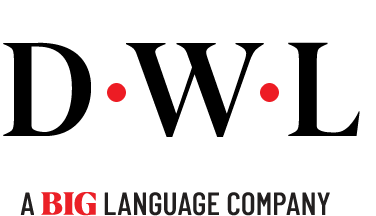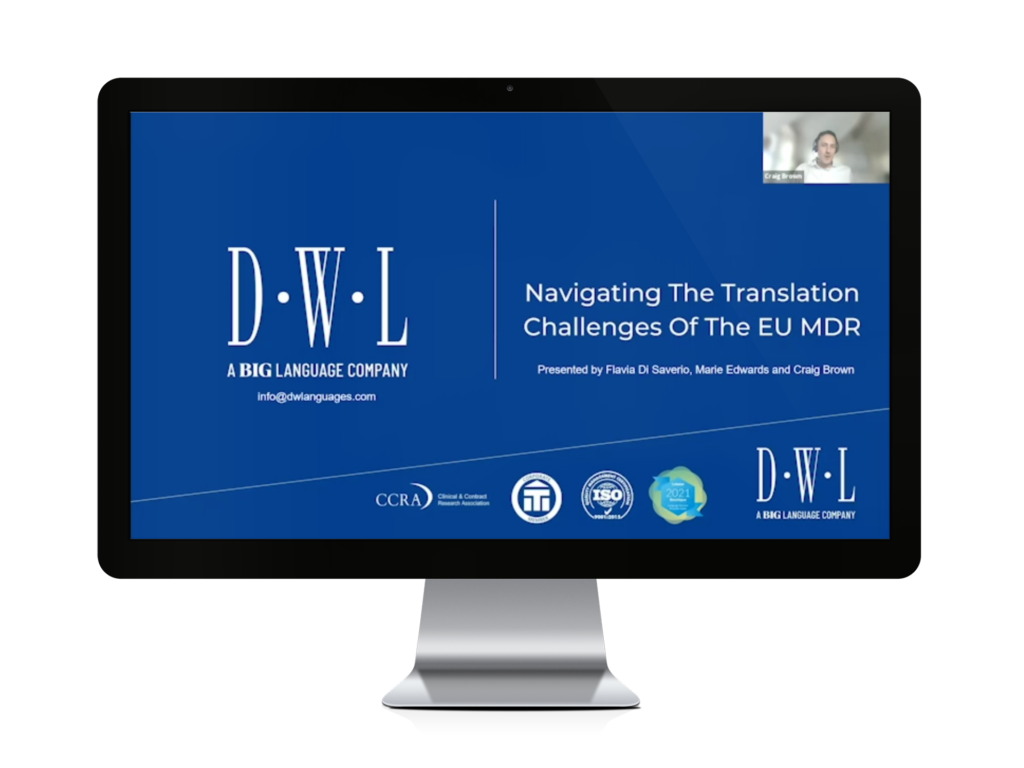Changes to Irish language requirements mandate that European Commission decisions addressed to EU member states are to be translated into Irish. While this may not sound like a difficult hurdle to overcome, ensuring access to the limited pool of specialist Irish medical translators will be vital.
Multilingualism is a fundamental requirement for any industry operating in the European Union (EU), and the life sciences sector is no different. But, while the EU treaties and other official documents exist in all the bloc’s 24 official languages, not every document requires (or has required) translation into every language.
Irish, for example, has been an official and working language of the EU since 2007. However, until relatively recently, the need for translation has been limited by a European Council derogation.
That derogation expired on 1 January 2022, requiring companies active in the EU to translate relevant content into the Irish language – or obtain a waiver to exempt them from doing so. For many life sciences companies, this will necessitate adding Irish translations of product information for EU marketing authorisation applications into already complex translation processes.
Translation requirements for EU Marketing Authorisations
The following translation requirements currently apply to EU marketing authorisations for medicinal products:
- Product Information: Translate summaries of product characteristics (SPCs), patient information leaflets (PILs) and product labels from English into all other official EU languages (including Irish), plus Icelandic and Norwegian.
- Marketing Authorisation Applications (MAA): As the European Medicines Agency (EMA) guidance document states: “MAA applicants will be required to submit the International Nonproprietary Name (INN) translation in all official EU languages including the Irish language following a positive CxMP opinion adopted after 1 January 2022”.

Although some companies (established in Ireland) are choosing to seek a waiver to exempt them from some of these new translation requirements, many are already starting work on translating all relevant documentation into Irish. DWL has assembled a team to manage MAA translations for clients as part of our existing workflows.
As the EMA also makes clear in its guidance document: “Companies should be aware that at a certain point in the future a more extensive use of the Irish language may be required.” In other words, the need to provide translations into the Irish language is only likely to increase. By incorporating the language into your translation workflow now – including ensuring your chosen Language Service Provider (LSP) can provide access to native-speaking Irish translators that specialise in medical translations – you will be in a much stronger position as the demand for Irish language translations grows.
Applying Lessons Learned
Adding Irish as a deliverable may not appear, at first thought, to pose too much of a challenge. After all, most life science companies have robust translation workflows to manage a large number of languages. How difficult can it be to add another?
But, with only an estimated 100,000 native Irish speakers out of a population of 4.5 million, finding and hiring translators and interpreters could pose quite the hurdle. Many of the most talented Irish translators were recruited by the European Commission in preparation for the derogation being lifted, leaving an even smaller pool of translators specialising in freelance, medical translation.
Top linguistic talent is always in high demand and even more so in languages or sectors with such a limited talent pool. Our experience when countries like Malta acceded to the EU emphasised the importance of working with an LSP, such as DWL, who can guarantee access to a small pool of expert translators.
We appreciate our specialist human translators, whatever their language or specialism, and work hard to support and reward them. They may be freelance contractors, but they are still a vital part of our team, and we depend on them to ensure our clients always have access to the best linguistic talent – even at crunch times.
Job satisfaction and loyalty depend on many factors but ensuring ongoing training in new technologies, professional development, and prompt payment are good places to start. We know our approach has worked well in the past, as many of the experienced Maltese translators that proved so vital nearly two decades ago are still working with us years later.

Supporting the Irish Language
Despite the limited pool of Irish translators, DWL has put together a team of English to Irish translators with experience in pharmaceutical translation, most of whom are accredited by Foras na Gaeilge, the public body that promotes the Irish language throughout the island of Ireland. These translators are already familiar with the EMA templates for Irish that were published towards the end of 2021 and associated EMA requirements and have successfully completed several translations of product information for our clients.
This field of specialisation in the Irish language is very much an evolving one and where terms do not exist they are referred to the Terminology Committee of Foras na Gaeilge to establish approved and uniform terminology for future use. By choosing to work with a specialist in medical and pharmaceutical translation, you can benefit from expert support for all your translation needs, including the Irish language.
To find out more about Irish-language EU marketing authorisations and product information, contact us today.







